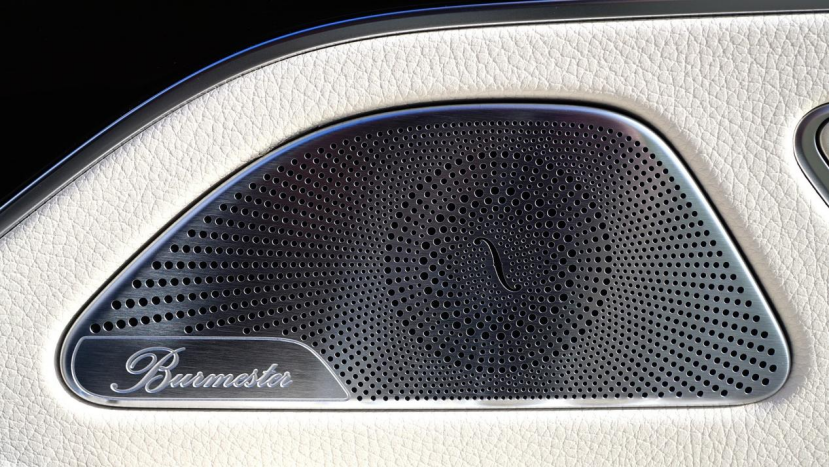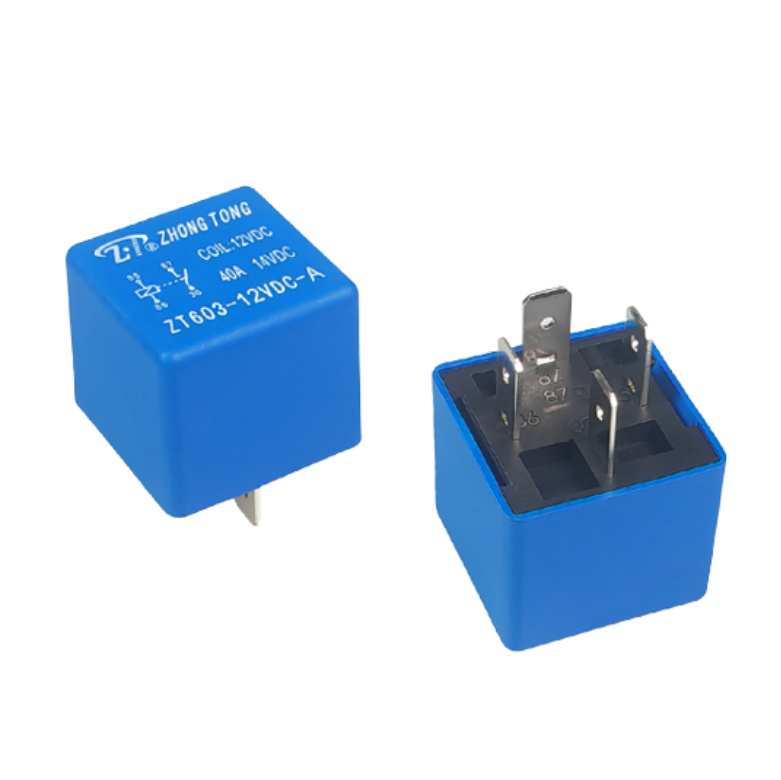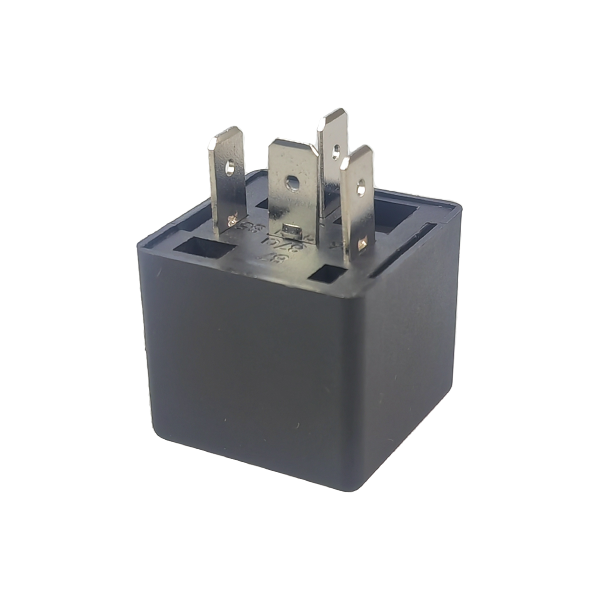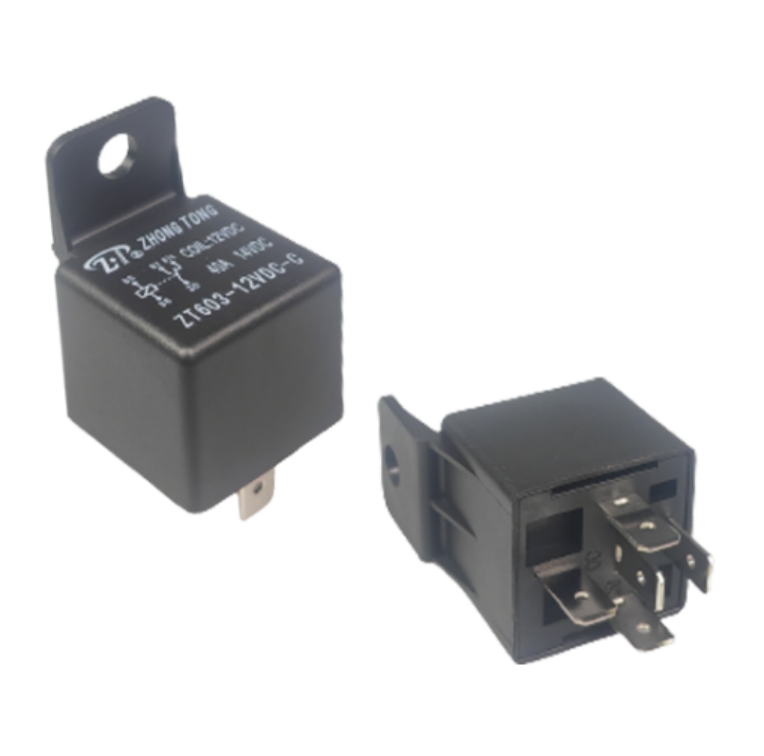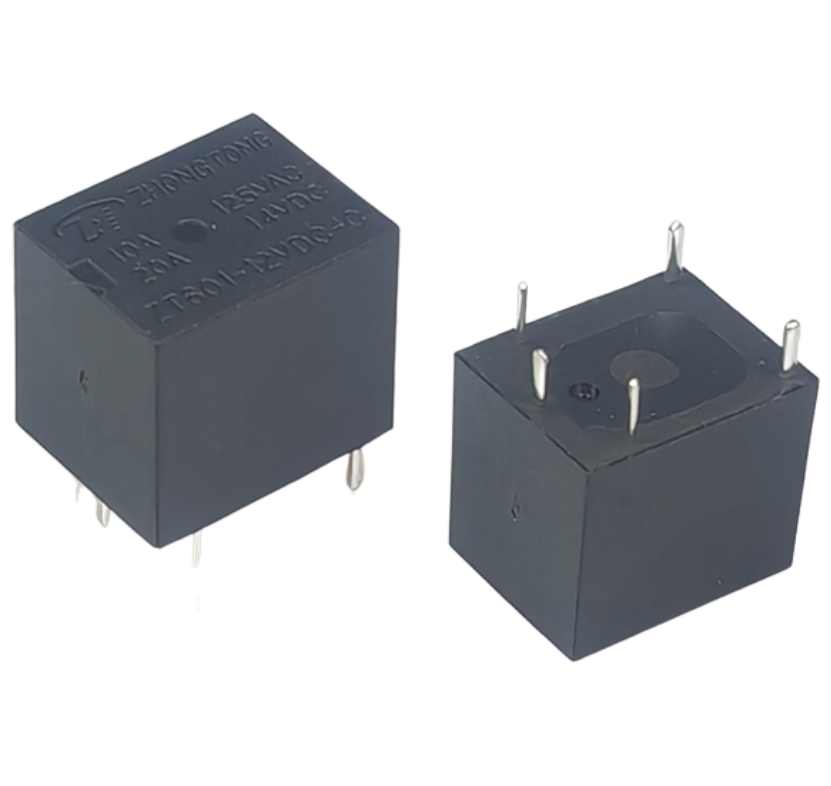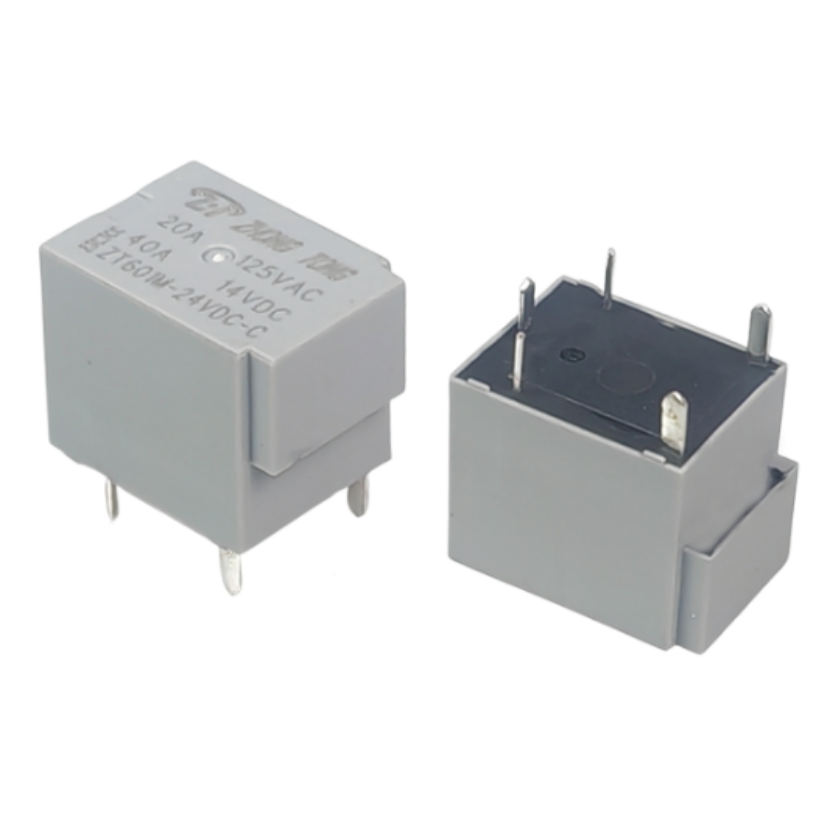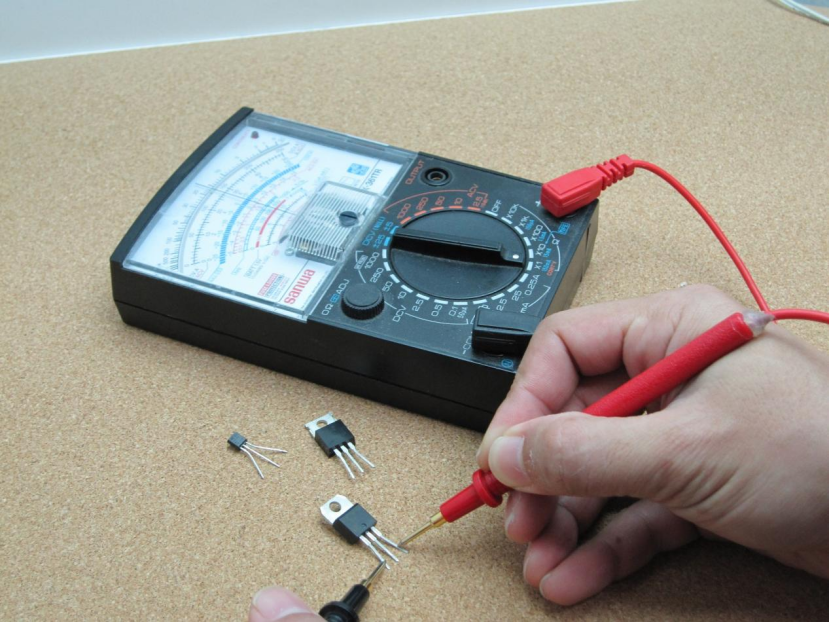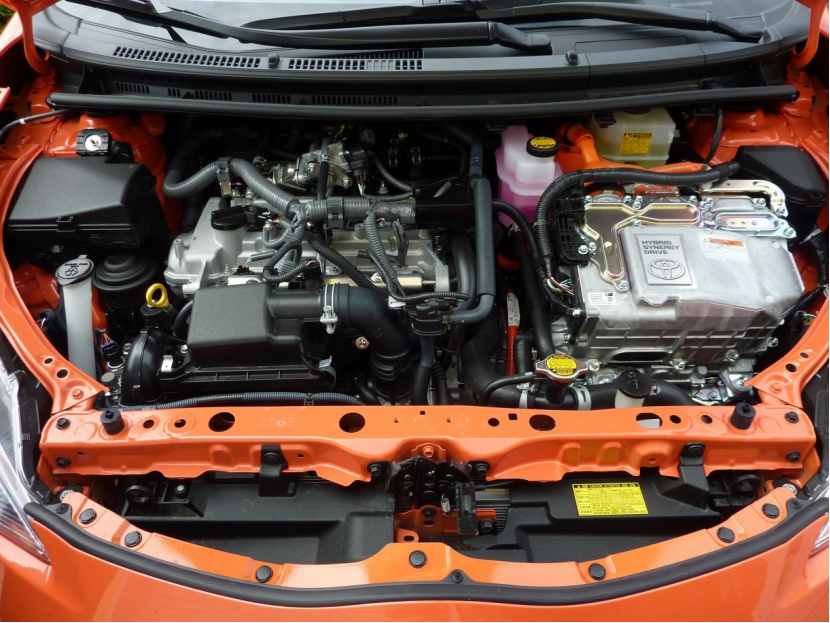What does relay do in a car?
I. Introduction
Automotive relay is an essential component of a car’s electrical system. They act as switches that control the flow of electrical power to different parts of the car, such as the lights, air conditioning, and horn. Automotive relay is responsible for controlling power levels, directing electrical currents, and executing logic functions that make a car run smoothly. In this article, we will provide an overview of what relays do in a car, the different types of relays, and how to diagnose common issues with automotive relay in a car. By the end of this article, you will have a better understanding of the importance of automotive relay in a car’s electrical system.
II. What does relay do in a car?
Relays play a critical role in a car’s electrical system, particularly when it comes to controlling high current flow circuits. They act as electrical switches, allowing low current circuits to control high current flow circuits in order to power different parts of the car. For example, when you turn on your headlight switch, a low current circuit energizes the relay coil, which creates a magnetic field that closes the relay contacts, allowing electrical power to flow to the headlights.
Unlike switches, relays allow for the control of multiple circuits with a single switch or control module. Relays can be either normally open (NO) or normally closed (NC), and can be used for a wide range of applications, such as controlling the vehicle’s horn.
Relays work by using an control circuit to create a magnetic field that pulls or pushes a set of relay contacts. When the current flows, it pulls the contacts together, allowing electrical power to flow. When the coil is de-energized, the magnetic field collapses, allowing the contacts to separate and breaking the electrical connection.
Overall, relays are critical components in a car’s electrical system, allowing for the control of multiple circuits with a single switch or control module.
III. Types of automotive relays
There are several types of automotive relay that are commonly used in cars. Here are some of the most common types of relays and their functions:
Normally open relay(NO): This type of relay is open when the coil is not energized, and closed when the coil is energized. It is commonly used for controlling high current flow circuits, such as the vehicle’s headlights or horn.
Normally closed relay (NC): This type of relay is closed when the coil is not energized, and open when the coil is energized. It is commonly used for controlling low current flow circuits, such as those found in remote switches or in-line switches.
Changeover relay: This type of relay has two sets of contacts and can be used to switch between two circuits, including normally open relay and normally closed relay. It is commonly used for controlling the vehicle’s air conditioning or fan motors.
Single Pole Double Throw (SPDT) relay: This type of relay has one normally open contact and one normally closed contact. It is commonly used for controlling power flows in DC systems, such as those found in blower motors.
Micro relay: This type of relay is a small relay that is commonly used in automatic windows or auxiliary lamps.
Each type of relay works differently and is used for different applications in a car. Understanding the different types of relays and their functions can help diagnose issues with a car’s electrical system.
IV. Common issues with automotive relays
Like any electrical component, automotive relays can fail or experience issues. Here are some common issues with automotive relays:
Relay failure: Over time, the contacts in break relays can wear out or become damaged, leading to failure. A bad relay can cause a variety of issues, such as a non-functional circuit, intermittent operation, or even damage to other components in the car’s electrical system.
Voltage spikes: When a relay is switched off, the magnetic field collapses and can generate a voltage spike in the circuit. This voltage spike can damage other components in the circuit, such as the control module or the relay coil itself.
So, what happens when a relay goes bad? The symptoms can vary depending on the specific circuit and application, but some common signs of a bad relay include:
Non-functional circuit: If a car relay fails, the circuit it controls may stop functioning altogether.
Intermittent operation: A bad relay may cause the circuit to work sporadically or only under certain conditions.
Clicking sound: When a relay is energized, it should produce an audible clicking sound. If the relay is failing, it may produce a clicking sound continuously or not at all. produce an
Burnt or melted contacts: In extreme cases, a bad relay may cause the contacts to burn or melt, leading to damage to other components in the circuit.
Regular maintenance and inspection of relays can help prevent issues and catch them early on.
V. How to diagnose a bad relay in a car
If you suspect that a relay in your car is bad, there are a few steps you can take to diagnose the issue:
Listen for clicking:
When you turn on the component controlled by the relay, such as the headlights or air conditioning, listen for a clicking sound coming from the break relay. This sound indicates that the relay is being energized and should be functioning properly.
Check the fuse:
Before testing the relay itself, check the fuse for the circuit that it controls. A blown fuse can cause similar symptoms to a bad relay.
Swap with a known good relay:
If you have another relay in your car that you know is functioning properly, swap it with the suspect relay. If the component starts working properly, you have identified the faulty relay.
Test with a multimeter:
If you have a multimeter, you can test the relay directly. Set the multimeter to the ohms setting and touch the probes to the relay contacts. You should see a reading of zero ohms when the relay is energized and infinite resistance when it is not.
By following these steps, you can diagnose a bad relay in your car and take steps to replace it or buy same relay before it causes further damage.
VI. What causes a relay to fail?
Relays are designed to be durable and long-lasting, but they can still fail over time. Here are some of the common causes of relay failure:
Age:
Like most mechanical and electrical components, multiple relays will eventually wear out over time. The more a relay is used, the more likely it is to fail.
Exposure to high temperatures:
Automotive relays are often located in the engine compartment, where they can be exposed to high temperatures. Over time, this heat can cause the relay’s components to break down and fail.
Voltage spikes:
Voltage spikes, which can occur when a relay is turned on or off, can damage the relay’s contacts and cause it to fail.
Overloading:
If a relay is used to control a circuit that draws too much current, it can overheat and fail.
Poor installation:
If a relay is not installed correctly, it can be damaged or fail to function properly.
To prevent relay failure, it’s important to follow these tips:
Use high-quality relays:
Choosing a high-quality relay can help ensure that it will last longer and function properly.
Keep relays cool:
Whenever possible, mount relays in a location where they will be exposed to less heat.
Use appropriate relays for the circuit:
Make sure to choose a relay with a high enough current rating to handle the circuit it will be controlling.
Follow proper installation procedures:
Be sure to follow the manufacturer’s instructions when installing a relay to avoid damaging it.
By following these tips, you can help prevent relay failure and ensure that your car’s electrical system functions properly for years to come.
VII. Conclusion
In conclusion, automotive relays play a crucial role in the cars. They serve as switches that control power levels and operate various components of a vehicle, such as headlights, blower motors, and air conditioning.
We have discussed the different types of automotive relays, including normally open relays, normally closed relays, changeover relays, and micro relays. We have also highlighted the common issues that can arise with relays, such as voltage spikes and failure, and have provided tips for diagnosing and preventing these issues.
To learn more about automotive relays, readers can refer to resources such as manufacturer datasheets or consult with a trusted automotive technician. It is important to have a basic understanding of automotive relays to ensure the safety and reliability of your car’s electrical system.
Post time: May-09-2023



